Lynn, Massachusetts, has a captivating history from its colonial beginnings to its emergence as an industrial powerhouse.
When English colonists founded the settlement in 1629, Lynn’s trajectory was set towards becoming a significant center of commerce and innovation.
Its early roots as a tannery hub laid the groundwork for the city’s transition into a prominent shoe-making center by the late 18th century.
Throughout the Revolutionary War, Lynn played a crucial role in supplying boots to the Continental Army, cementing its reputation for patriotism and industrial prowess.
By the mid-19th century, Lynn had officially become a city, marking a new chapter in its storied history.
This introduction sets the stage for a journey through Lynn’s evolution, highlighting its resilience and transformation from a colonial outpost to an industrial hub. Stay focused.
Origins and Early Settlement in the Lynn, Massachusetts History
Lynn, Massachusetts, has a rich history dating back to its early settlement in the 17th century.
From its beginnings as a colonial outpost to its incorporation as a city in 1850, Lynn has played a significant role in developing industries such as tannery and shoe-making.
This history shaped the city’s economic landscape and contributed to its growth and prominence in the early years of the United States.
Colonial Settlement
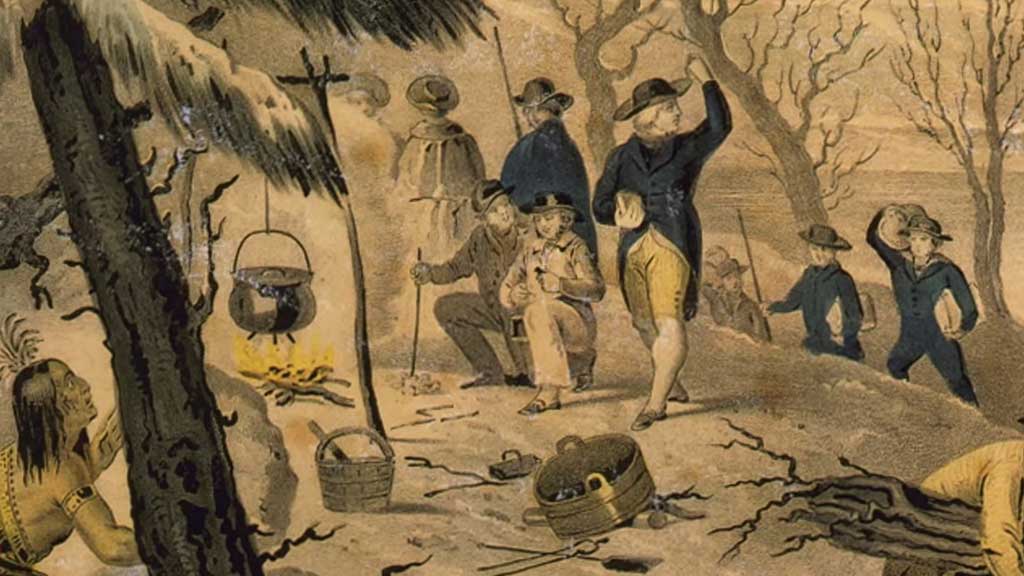
Lynn was first settled in 1629 by English colonists, making it one of the earliest European settlements in the Massachusetts Bay Colony.
The area was initially inhabited by the Naumkeag tribe of the Pawtucket Confederation, who called it Saugus. The colonists renamed it Lynn after King’s Lynn in Norfolk, England.
Shoe-Making Industry
Building on the success of the tanning industry, Lynn became a hub for shoe-making in the late 18th century.
Skilled craftsmen and entrepreneurs capitalized on the availability of leather and the proximity to Boston markets. By the early 19th century, Lynn produced a significant portion of the nation’s footwear.
Revolutionary War Contributions
During the Revolutionary War, Lynn played a vital role in supplying the Continental Army.
The city’s shoe manufacturers were responsible for producing the sturdy boots worn by American soldiers, contributing to the war effort and cementing Lynn’s reputation as a center of industry and patriotism.
Tannery Industry
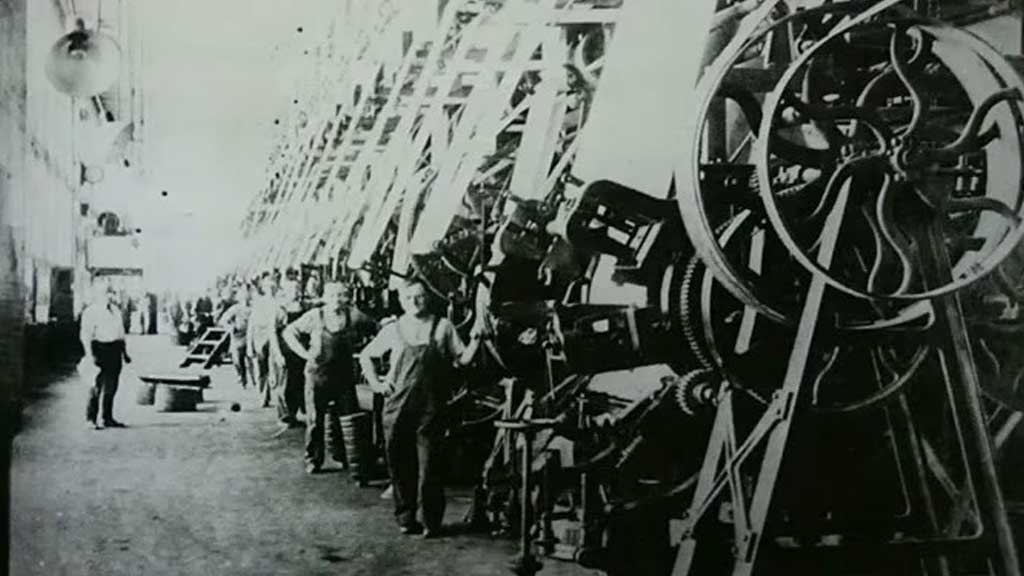
By 1635, Lynn had established itself as a center for the tanning industry, thanks to its abundance of oak bark, a crucial ingredient in the tanning process.
Tanneries proliferated in the area, taking advantage of the local resources and access to transportation routes.
Economic Growth
The success of the tannery and shoe-making industries fueled Lynn’s economic growth throughout the 18th and early 19th centuries.
The city attracted skilled laborers, immigrants, and entrepreneurs seeking opportunities in manufacturing and trade. By the mid-19th century, Lynn had emerged as one of the wealthiest cities in Massachusetts.
Incorporation and Beyond
Lynn was officially incorporated as a city on May 14, 1850, reflecting its status as a major urban center.
The city continued to thrive in the following decades, diversifying its economy beyond shoe manufacturing and embracing new industries such as textiles and machinery.
Lynn remains a vibrant community with a rich heritage rooted in its colonial origins and early industrial prowess.
The Rise of Tanneries and Shoe-Making in Lynn, Massachusetts History
The rise of tanneries and shoe-making in Lynn, Massachusetts, played a pivotal role in shaping the city’s economic landscape and contributing to its growth and prominence in the 17th through 19th centuries.
Early Foundations

The foundation of Lynn’s tannery and shoe-making industries can be traced back to the early colonial period.
With its abundant natural resources, including oak trees for bark used in tanning, the area provided an ideal environment for these industries to thrive.
Tanneries Flourish
By the mid-17th century, Lynn had established itself as a prominent center for tanning.
The presence of numerous tanneries along the Saugus River and its tributaries fueled the local economy, attracting skilled laborers and craftsmen to the region.
Shoe-Making Emerges
Building upon the success of the tanning industry, Lynn’s shoe-making industry began to emerge in the late 18th century.
The availability of high-quality leather from local tanneries and skilled craftsmanship laid the foundation for Lynn to become a leading shoe manufacturing center.
Innovation and Growth
Throughout the 19th century, Lynn experienced significant innovation and growth in the shoe-making industry.
Advances in machinery, such as the introduction of the sewing machine, increased efficiency and production capacity, allowing Lynn manufacturers to meet growing demand domestically and internationally.
Revolutionary Contributions
During the Revolutionary War, Lynn’s tanneries and shoe manufacturers supported the American cause.
The production of leather goods, including boots worn by Continental Army soldiers, showcased Lynn’s contribution to the war effort and solidified its reputation as a patriotic and industrious city.
Economic Impact
The success of the tannery and shoe-making industries had a profound impact on Lynn’s economy.
These industries provided employment opportunities for thousands of workers, driving the region’s population growth and urban development.
Lynn’s prosperity attracted immigrants seeking work in the burgeoning manufacturing sector, further fueling its economic expansion.
Legacy and Heritage
Despite the eventual decline of Lynn’s tannery and shoe-making industries due to changing market dynamics, their legacy remains deeply ingrained in the city’s identity.
Today, Lynn celebrates its industrial heritage through historical landmarks, museums, and festivals, preserving the memory of its role as a leading center of leather production and shoe manufacturing in early America.
Industrial Expansion and Growth in the 19th Century Lynn
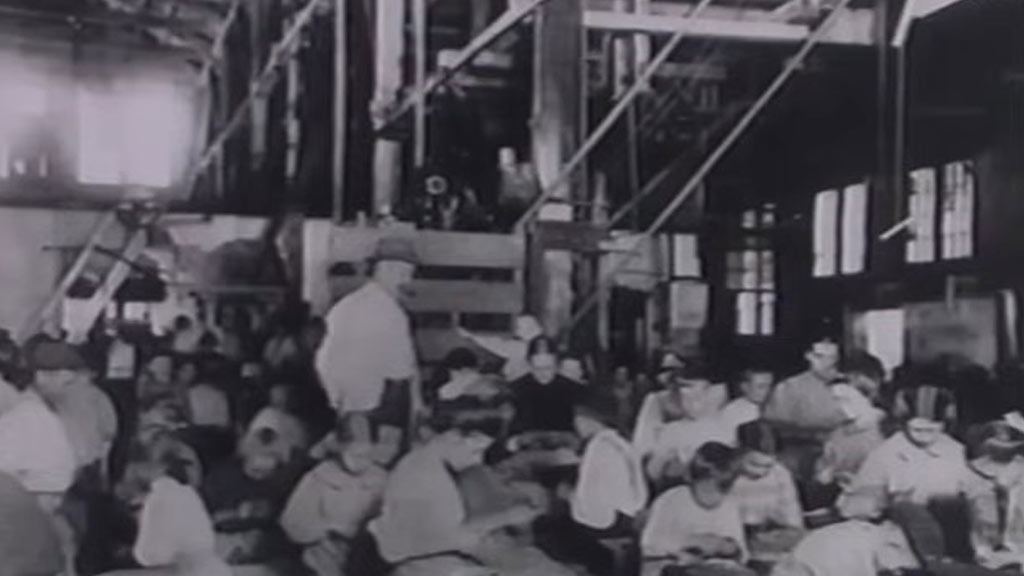
The 19th century marked a period of significant industrial expansion and growth in Lynn, Massachusetts, fueled by the flourishing tannery and shoe-making industries and further propelled by advancements in technology and transportation.
Here’s an overview of this transformative period:
Expansion of Shoe Manufacturing
Lynn solidified its reputation as a leading shoe manufacturing center during the 19th century.
The city’s skilled craftsmen and entrepreneurs capitalized on machinery and production techniques innovations, increasing efficiency and output.
Lynn’s shoes gained recognition for their quality and durability, leading to domestically and internationally expanded markets.
Diversification of Industries
While shoe manufacturing remained a cornerstone of Lynn’s economy, the city also experienced diversification across various industries.
Textile mills, machine shops, and foundries emerged, contributing to the city’s industrial landscape and providing additional employment opportunities for residents.
Technological Advancements
The 19th century witnessed rapid technological advancements that revolutionized manufacturing processes in Lynn.
The introduction of steam power, mechanized equipment, and the sewing machine transformed production methods, allowing for increased scale and efficiency in shoe-making and textile manufacturing.
Transportation Infrastructure
Improved transportation infrastructure played a crucial role in facilitating Lynn’s industrial expansion.
The construction of railroads and canals provided efficient means of transporting raw materials and finished goods, linking Lynn to regional and national markets.
Access to transportation networks further fueled economic growth and attracted investment to the city.
Immigrant Labor
Immigrants significantly influenced Lynn’s industrial expansion during the 19th century.
Waves of newcomers, including Irish, English, Scottish, and later immigrants from Southern and Eastern Europe, arrived seeking employment in the city’s factories and mills. Their labor contributed to the growth of Lynn’s industrial workforce and cultural diversity.
Urban Development
The influx of industrial workers and the expansion of manufacturing industries spurred urban development in Lynn.
Residential neighborhoods, commercial districts, and industrial areas proliferated, transforming the city’s landscape.
Infrastructure improvements, including the construction of schools, churches, and public facilities, accompanied this growth, supporting the burgeoning population.
Economic Prosperity
The industrial expansion of the 19th century brought economic prosperity to Lynn, elevating the city to prominence within the region and beyond.
Its thriving manufacturing sector fueled job creation, wealth accumulation, and urban development, laying the foundation for continued growth and prosperity in the decades.
Cultural Heritage and Landmarks in the Lynn Massachusetts History
Lynn, Massachusetts, boasts a rich cultural heritage reflected in its diverse landmarks and historical sites.
These landmarks serve as reminders of the city’s past and contribute to its identity and sense of community pride. Here are some notable cultural heritage landmarks in Lynn:
Lynn Heritage State Park
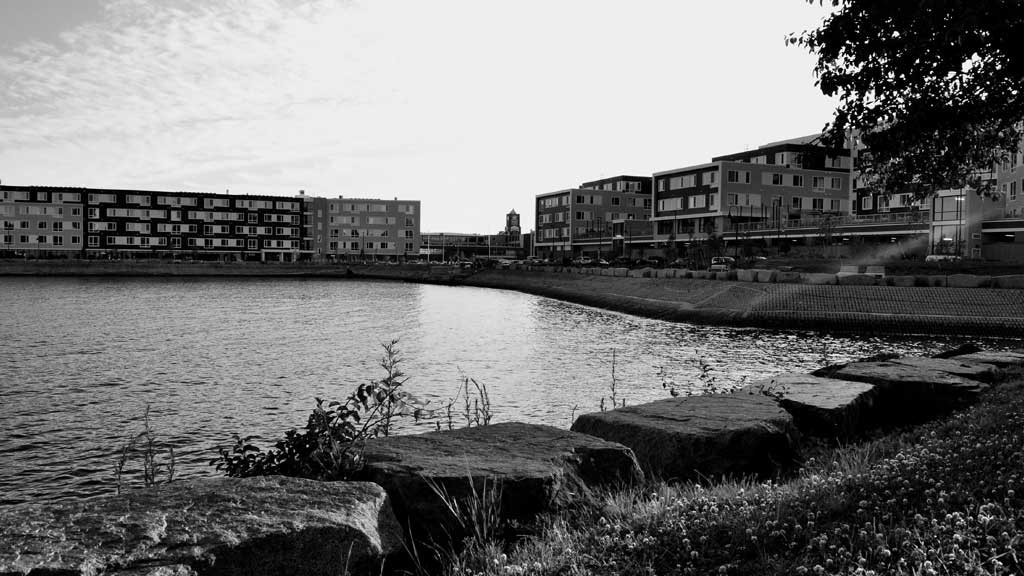
Located along the Saugus River, Lynn Heritage State Park preserves the city’s industrial history.
Visitors can explore exhibits and artifacts showcasing Lynn’s role in the tannery and shoe-making industries. The park also features walking trails, picnic areas, and scenic waterfront views.
High Rock Tower and Observatory
Perched atop a rocky outcrop, High Rock Tower offers panoramic views of Lynn and the surrounding area.
Built in the late 19th century, the tower stands as a symbol of civic pride and is a popular destination for locals and visitors alike.
Lynn Auditorium
Originally known as the Lynn Armory, the Lynn Auditorium is a historic venue that has hosted various cultural events and performances over the years.
Its grand architecture and acoustics make it a cherished landmark in the city’s cultural landscape.
Lynn Museum/LynnArts
The Lynn Museum/LynnArts complex celebrates the city’s history and artistic heritage. The museum features exhibits on Lynn’s industrial past, immigrant communities, and cultural diversity.
LynnArts provides space for local artists to showcase their work and offers educational programs for the community.
Lydia Pinkham Building
The Lydia Pinkham Building, named after the famous 19th-century herbalist and women’s rights advocate, is an iconic landmark in Lynn.
Originally the headquarters of Pinkham’s medicine company, the building now houses commercial and residential spaces, preserving its historical significance.
Civil War Monument
Erected in 1871, the Civil War Monument in Lynn Common honors the soldiers from Lynn who fought and died in the Civil War.
The monument serves as a solemn reminder of the city’s contribution to the conflict and commemorates the sacrifices made by its residents.
Historic Neighborhoods
Lynn has several historic neighborhoods, including Diamond District, Pine Hill, and Wyoma Square, each with architectural charm and cultural significance.
These neighborhoods feature well-preserved Victorian homes, churches, and community landmarks that glimpse Lynn’s past.
Lynn Woods Reservation
Spanning over 2,200 acres, Lynn Woods Reservation is one of the largest municipal parks in the country.
This natural oasis provides recreational opportunities such as hiking, picnicking, and viewing wildlife while preserving the city’s ecological heritage.
These cultural heritage landmarks in Lynn, Massachusetts, serve as focal points for community engagement, historical preservation, and appreciation of the city’s rich and diverse heritage.
Modern Time Lynn Massachusetts
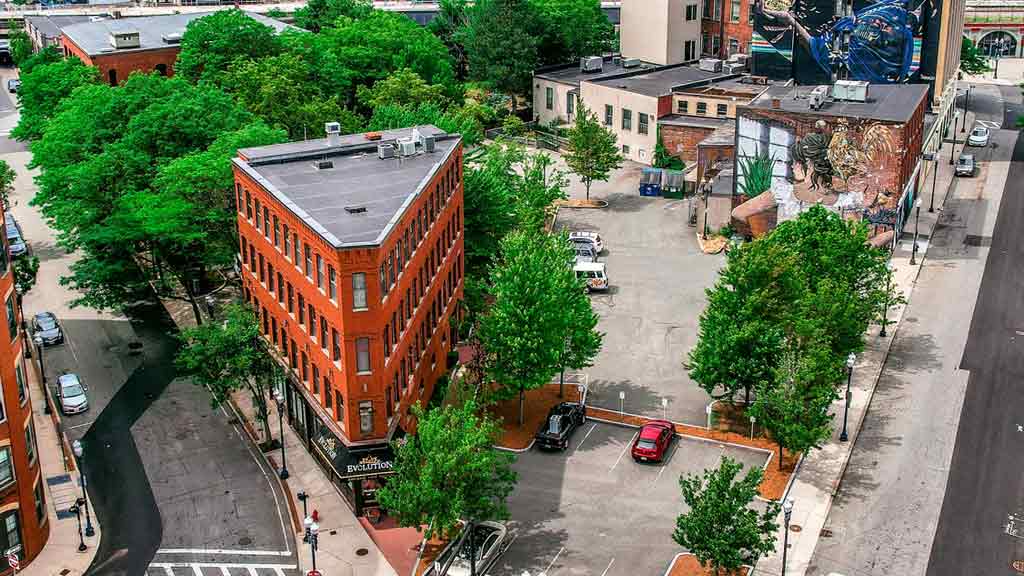
In modern times, Lynn, Massachusetts, continues to evolve while retaining elements of its rich history and cultural heritage. Here are some aspects of modern-day Lynn:
Diverse Community
Lynn remains a diverse and vibrant community, with residents from various cultural and ethnic backgrounds contributing to its multicultural tapestry.
Immigrant communities play a significant role in shaping the city’s identity and character.
Economic Development
While the tannery and shoe-making industries have declined, Lynn has diversified its economy to include healthcare, education, technology, and retail sectors.
The city has seen revitalization efforts aimed at attracting businesses and fostering economic growth.
Education and Healthcare
Lynn is home to several educational institutions, including public schools, charter schools, and North Shore Community College.
Additionally, Lynn Community Health Center provides healthcare services to residents, addressing the community’s healthcare needs.
Cultural and Arts Scene
Lynn has a thriving cultural and arts scene, with galleries, theaters, and cultural organizations contributing to the city’s creative spirit.
Events such as art walks, music festivals, and theater productions showcase local talent and attract visitors to the area.
Waterfront Redevelopment
Efforts to revitalize Lynn’s waterfront area have been underway, with plans for mixed-use developments, parks, and recreational amenities.
These initiatives aim to enhance public access to the waterfront while spurring economic activity and tourism.
Transportation and Accessibility
Lynn benefits from its proximity to Boston and convenient transportation options, including commuter rail service and major highways.
These transportation links facilitate connectivity and accessibility for residents and businesses alike.
Community Engagement and Activism
Lynn has a strong community engagement and activism tradition, with residents actively involved in local issues and initiatives.
Grassroots organizations, neighborhood associations, and advocacy groups work to address the city’s social, economic, and environmental concerns.
Challenges and Opportunities
Like many urban areas, Lynn faces economic disparities, housing affordability, and infrastructure needs.
However, the city also presents opportunities for growth, innovation, and collaboration to address these challenges and build a brighter future for all residents.
Modern-day Lynn continues to embrace its heritage while embracing change and progress.
FAQs
When was Lynn, Massachusetts, founded?
Lynn was founded in 1629 by English colonists. Originally known as Saugus, it was later renamed Lynn in honor of King’s Lynn in Norfolk, England.
What industries drove Lynn’s early growth?
The tannery and shoe-making industries were pivotal to Lynn’s early growth. Tanneries emerged in the 17th century, followed by the rise of shoe manufacturing in the late 18th century.
What was Lynn’s role in the Revolutionary War?
Lynn played a crucial role in the Revolutionary War by supplying the Continental Army with boots made by local shoemakers. Its contributions to the war effort solidified Lynn’s reputation as a patriotic city.
When did Lynn become a city?
Lynn was incorporated as a city on May 14, 1850. Before that, it had functioned as a town since its founding in the 17th century.
What are some notable landmarks in Lynn, Massachusetts?
Lynn boasts several notable landmarks, including High Rock Tower and Observatory, Lynn Heritage State Park, and the Lydia Pinkham Building.
These landmarks reflect Lynn’s industrial heritage and cultural significance throughout its history.
Wrapping Up
The history of Lynn, Massachusetts, is a tapestry woven with tales of resilience, innovation, and community spirit.
From its colonial origins as a tannery hub to its pivotal role in the Revolutionary War and its subsequent industrial boom, Lynn’s story reflects the evolution of America itself.
Today, Lynn stands as a testament to its rich heritage while embracing the opportunities of the modern era.
Its cultural landmarks, diverse communities, and economic vitality serve as reminders of the city’s enduring legacy and promise for the future. Thank you so much.
Jaclyn Lowe